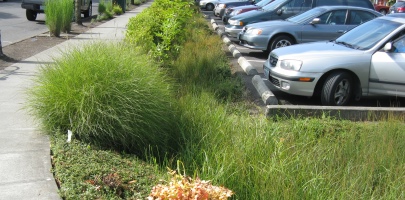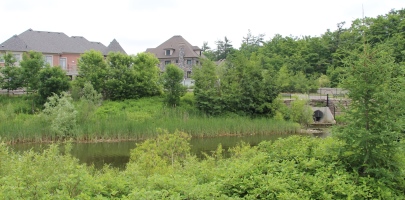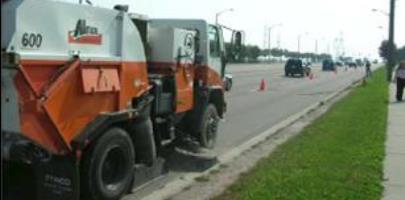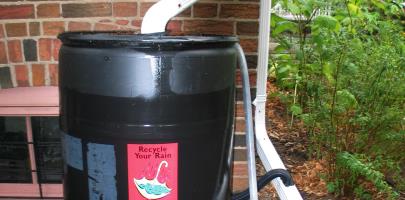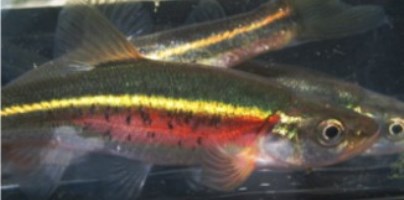Urban Runoff and Green Infrastructure
Urban development brings about a fundamental shift in the natural water balance. As vegetated land is replaced with hard surfaces like buildings, roads, and parking lots, the opportunity for infiltration and evapotranspiration of rainfall is dramatically reduced and surface runoff becomes the primary drainage mechanism. As water runs off urban surfaces it picks up sediment, road salts, metals, oils, pesticides and other harmful pollutants, which are conveyed to our rivers and streams. These large runoff volumes contribute to increased channel erosion, higher risk of flooding, and changes to the hydrology of natural features.
Conventional approaches to the management of urban runoff include structural practices such as wet ponds, constructed wetlands, and detention chambers, all focused on detaining stormwater to allow contaminants to settle out and controlling the rate at which water is discharged into receiving waters. In recent years, approaches to the urban runoff management have become more holistic, and the industry has seen a growing emphasis on green infrastructure and low impact development (LID).
Green infrastructure refers to any natural or built systems that provide ecological benefits and help to maintain pre-development hydrology. It encompasses natural features like streams, wetlands, forests, and parks, as well as engineered systems that manage urban runoff. LID is an integral part of green infrastructure, as these practices mimic pre-development hydrological conditions by increasing infiltration and evaporation, and reducing runoff volumes and flow rates. Examples of LID practices include increased pervious cover, downspout disconnection, rainwater harvesting, grassed swales, green roofs, and bioretention areas.

